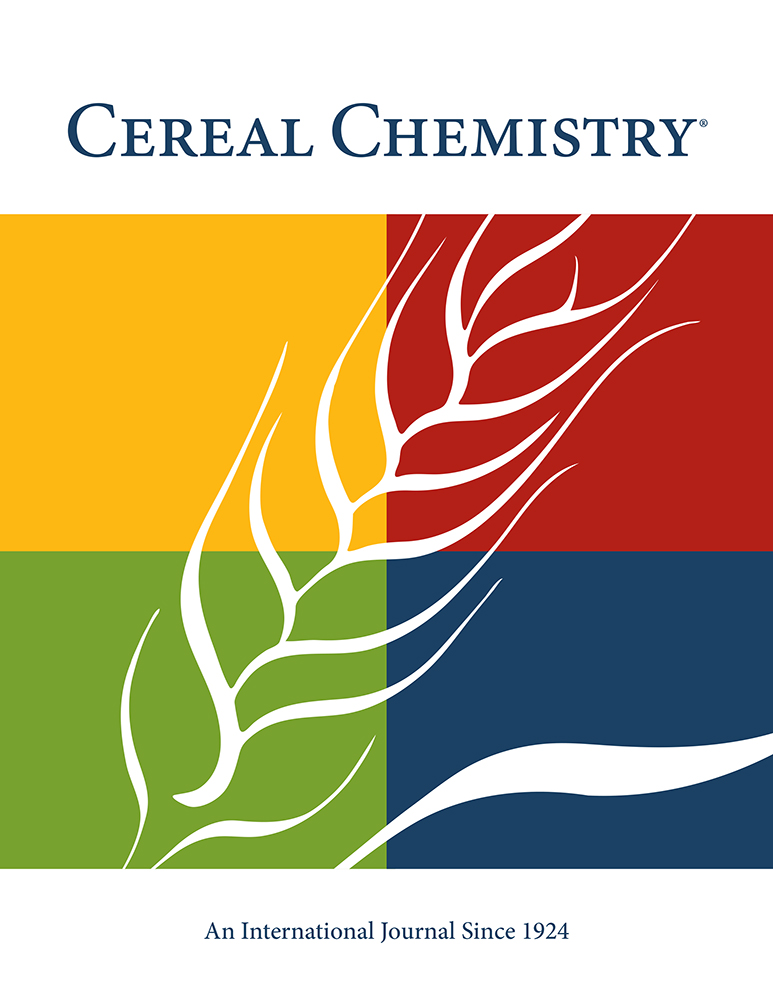Effect of Grain Protein Concentration on Falling Number of Ungerminated Soft White Winter Wheat
ABSTRACT
Falling number (FN) values below 300 sec in the apparent absence of preharvest sprouting are periodically observed in the U.S. Pacific Northwest (USPNW). Wheat in the USPNW is predominantly soft-grained and often grown under conditions conducive to low grain protein concentration (GPC). Our hypothesis is that low GPC per se could be responsible for some low FN results and not elevated α-amylase from either sprouting or late-maturity amylase. The relationship between FN and GPC was investigated using grain from the 2011 wheat harvest. Soft white winter wheat samples from six locations in Oregon were tested in duplicate. Across the entire sample set, FN and GPC were positively correlated (r = 0.65, P ≤ 0.001). When putatively sprouted samples (FN < 280 sec) were removed from the analysis, the correlation was still apparent (r = 0.69, P ≤ 0.001). Hardness index was also correlated with FN (r = 0.45, P ≤ 0.001). Our preliminary conclusion is that GPC can be a substantial modulator of FN in the putative absence of elevated amylase in soft white winter wheat grown in the USPNW.




